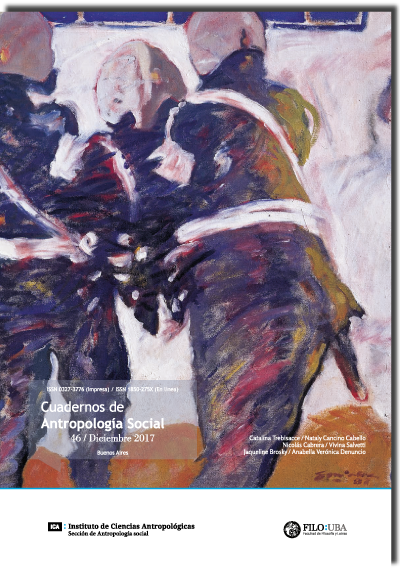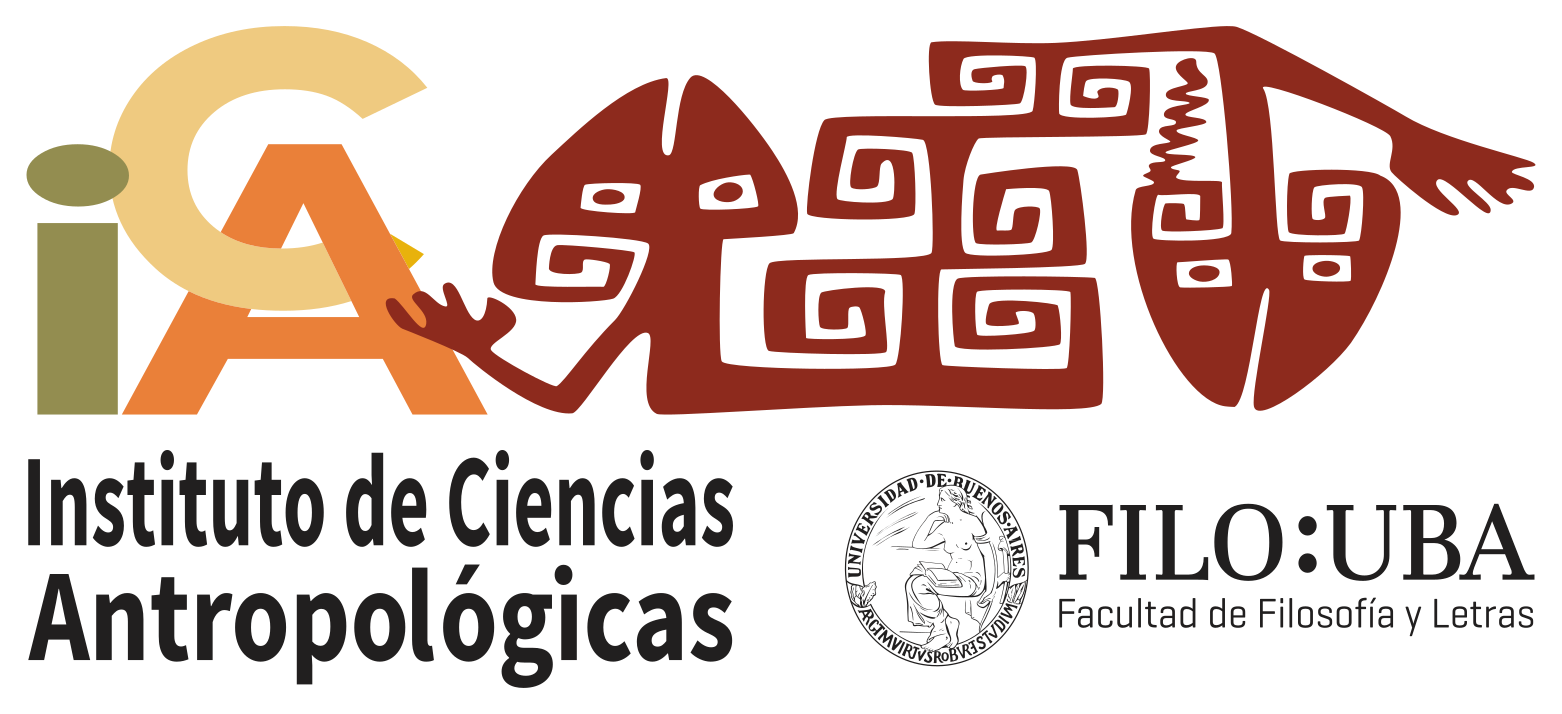“Bateson’s Butterfly”: Observable monitoring of emerging factors for continuity and social change
Abstract
The butterfly model inspired by Gregory Bateson´s “ecology of mind” retrieves the anthropological tradition of visual field data recording that began in 1898 and responds to Ludwig von Bertalanffy’s General System Theory and its principles of isomorphism and logical hierarchy between differentiated systems as a requirement for transdisciplinary analysis of phenomena. The spiral flow of non-dialectical character between complementary systems, where each turn of the helix represents the momentum resulting from attraction to an open set of initial conditions, introduces the emergence of particular phenomena aimed at metarule of change that feeds the entire system. Topological modeling supports replacing elements once their logic correspondence is saved, and is presented as an operational tool to address social phenomena of stability and change.Downloads

Esta obra está bajo una Licencia Creative Commons Atribución 4.0 Internacional
Cuadernos de Antropología Social sostiene su compromiso con las políticas de Acceso Abierto a la información científica, al considerar que tanto las publicaciones científicas como las investigaciones financiadas con fondos públicos deben circular en Internet en forma libre, gratuita y sin restricciones.
Los contenidos y opiniones expresadas en los artículos publicados son de entera responsabilidad de sus autores.
Los autores/as que publiquen en esta revista aceptan las siguientes condiciones:
- Los autores/as conservan los derechos de autor y ceden a la revista el derecho de la primera publicación, bajo la licencia de atribución de Creative Commons, que permite a terceros utilizar lo publicado siempre que mencionen la autoría del trabajo y a la primera publicación en esta revista.
- Los autores/as pueden realizar otros acuerdos contractuales independientes y adicionales para la distribución no exclusiva de la versión del artículo publicado en esta revista (p. ej., incluirlo en un repositorio institucional o publicarlo en un libro) siempre que indiquen claramente que el trabajo se publicó por primera vez en esta revista.















